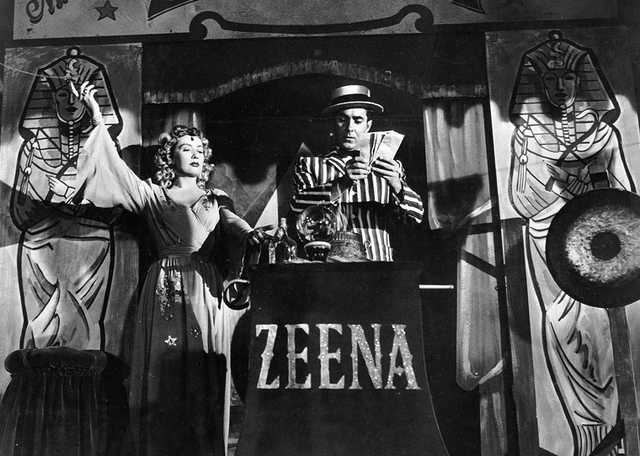 Yes, another post devoted to shamelessly shilling my own stuff. Again.
Yes, another post devoted to shamelessly shilling my own stuff. Again.
Well, not just my own stuff.
First up, I was happy to learn that the anthology I contributed a story to, The Obama Inheritance: Fifteen Stories of Conspiracy Noir, published by the New York based independent publisher, Three Rooms Press, has just won the 2018 Anthony Award for best fiction anthology,
The Anthony Awards are literary awards for mystery writers presented at the annual Bouchercon World Mystery Convention in the US. They are named for Anthony Boucher (1911–1968), one of the founders of the Mystery Writers of America, and a pretty big deal.
The anthology contains fifteen stories of pulpy goodness, featuring robots, lizard people, vigilante killers and various other bizarre creations riffing off the conspiracy theories association with the Obama presidency (although I believe the current occupant of the White House also gets a nod), and was edited by one of the hardest working men in crime fiction, Gary Phillips, critically acclaimed author of mystery and graphic novels.
Anyway, if you have not already picked up the anthology, I reckon the news it has won an Anthony should be as good an incentive as you need to do so.
It features stories by a host of talented writers, including big guns such as Walter Mosley and Robert Silverberg.… Read more























